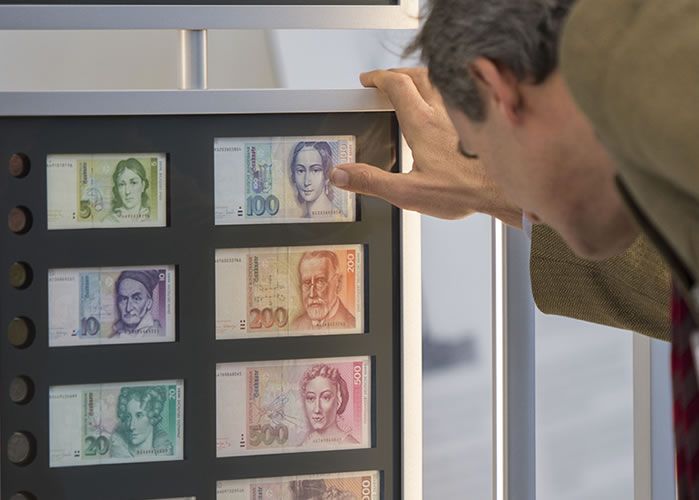The EUR/USD Rate will Avoid Parity say Commerzbank
The ECB will simply be unable to drive the Euro towards parity as it runs out of firepower in 2017 says Commerzbank's Ulrich Leuchtmann.
The US Dollar has seen yet another burst of strength that propelled it to fresh 13-year peaks on a trade-weighted basis.
The EUR/USD exchange rate appears to have absorbed the brunt of the Dollar's strength with the exchange rate fading back to 11-month lows below 1.07.
The falling exchange rate has reignited expectations for the Euro to fall to parity with the Dollar - this week we have carried a number of reports on the matter.
Barclays and Deutsche Bank are two examples of institutional analysts anticipating a fall to 1:1 and even lower.
However, there remain many analysts who are not convinced the declines will extend that far.
Ulrich Leuchtmann, Commerzbank Research is one of them.
When answering the question of whether EUR-USD parity is now in sight Leuchtmann tells his clients that he “would tread carefully here”.
“It is becoming increasingly clear that the ECB cannot maintain its QE programme at current levels indefinitely – even with core inflation in the euro zone continuing to disappoint the central bankers,” says Leuchtmann.
At their December meeting, policymakers will probably extend QE once again at current levels, but in the course of next year it could become clear that the ECB will be compelled to reduce the QE volume.
“Even if the ECB tries to substitute QE with other measures, it will not be able to avoid giving the impression that it is running out of expansionary instruments. This should support the euro and prevent a collapse of EUR-USD to extreme territory,” says Leuchtmann.
Commerzbank are there therefore leaving their forecast for end-2017 (1.04) unchanged.
Analyst Fawad Razaqzada at Forex.com says to get anywhere near parity, the EUR/USD will first need to break and then hold below the prior support around the 1.0460/1.0525 area.
"As things stand, this looks like a good possibility," says Razaqzada.
But, Razaqzada does offer a note of caution: "as always, it is worth remembering that the markets are forward-looking. As such, the outlook for the diverging monetary policy stances in the Eurozone and US may already be priced in, if not fully then may be partially. But price needs to confirm this view by creating a distinct reversal pattern. Until and unless such a technical signal is generated, the path of least resistance remains to the downside."
US Dollar Overvalued
It is not just the Euro side of the equation that suggests the EUR/USD will avoid parity.
We note that the US Dollar’s rally is looking increasingly overdone.
studies by UniCredit Bank’s Dr. Vasileios Gkionakis gives us some clear evidence of a currency that is running ahead of itself.
Gkionakis has observed that the US Dollar index tends to track the movement in the difference between US two year bond yields and those of bond yields of major economies.
A divergence has opened up, and the implication is that the Dollar must come down:
“At this stage, it is very difficult to foresee where the tide will turn given the unprecedented amount of noise. Fundamentally, however, we would like to reiterate our view that the USD is considerably overvalued at current levels,” says Gkionakis.
When a currency is overbought on a basis of divergence from spreads it does not necessarily imply that the move cannot extend.
Rather, it would suggest that a period of correction must take place.
Richard Kelly, Head of Global Strategy at TD Securities says he believes the medium-term trend is still for USD firmness.
However, Kelly expresses a degree of caution over this Trump-inspired rally.
“The daily RSI suggests that the DXY looks increasingly overbought. Moreover, the DXY looks to be in the early stages of a shooting star; a close below 101 should confirm this and would suggest a bearish turn,” says Kelly.
The near-term argument for a EUR/USD recovery is therefore growing based on technical studies.
However, the longer-term argument over EUR/USD parity still remains one for the fundamental analysts to argue over.














